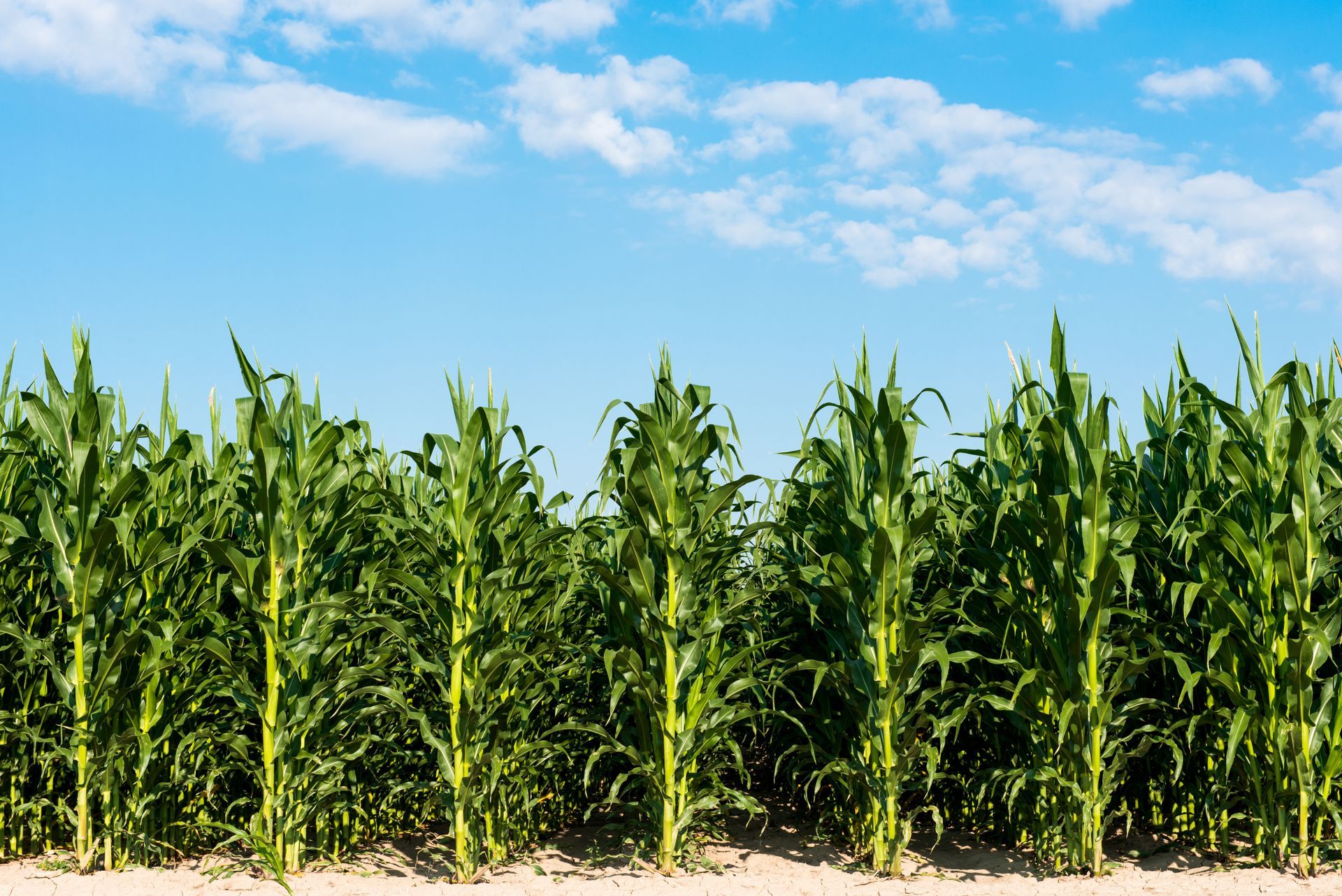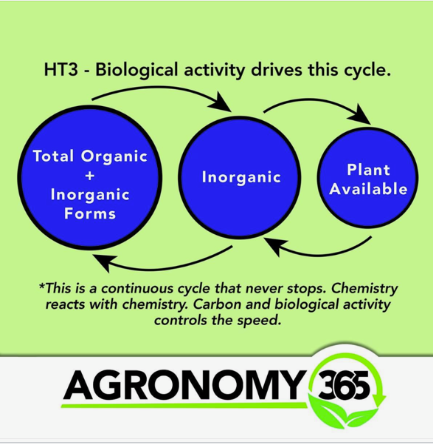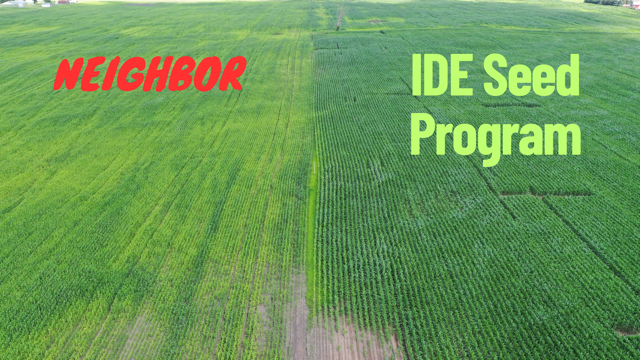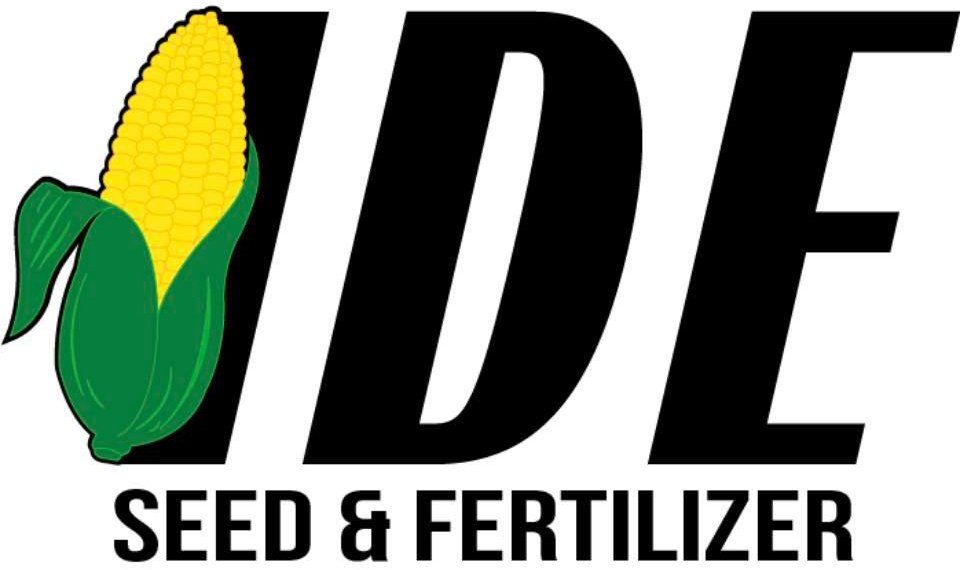3 Years of Soil Data That Will Change Everything
Let's talk about the elephant in every farm office right now: $950 per ton phosphate. And that's just phosphate - consider what potash and urea prices are going to be, not even considering tariffs.
If that number doesn't make your stomach drop, you're either not paying attention or you've already given up. That's nearly double what fertilizer should cost.
And here's the harsh reality: half the farmers in our area didn't put on P and K last year. Not because they wanted to try something new. Because they couldn't afford it or they needed to make the cash flow work better for the banker.
But what if we told you that was actually the best thing that could have happened to them?

The Solution Has Been Under Your Feet All Along
You're scared. We get it.
You're thinking, "How am I going to get nutrients to my crops if I can't afford fertilizer?" You've been taught that P and K applications are the only way to feed your plants. That without them, your yields will tank and your soil will be depleted.
Here's where everything changes. Just like AI went from science fiction to reality, we now have proof that challenges everything you thought you knew about soil fertility.
The Proof: Data That Defies Logic
For three years, we have been collecting data on nutrient availability (ppm) from 52 soil points across 16 fields in Eastern McLeod County, Minnesota. These fields haven't applied phosphate since fall of 2021 and they also haven't seen potash since fall of 2022. According to conventional wisdom, the Mehlich scores should be plummeting. These fields should be mining themselves into oblivion.
Instead the data table shows what happened.
Eastern McLeod County Soil Test Results
52 GPS Points Across 16 Fields - 3 Year Comparison
| Nutrient | Soil Points That Increased | Total Soil Points | Percentage Increased |
|---|---|---|---|
| WEOC/CEC | 43 | 52 | 82.7% |
| Phosphorus | 31 | 52 | 59.6% |
| Phosphorus H3A | 50 | 52 | 96.1% |
| Potash | 42 | 52 | 80.7% |
| Potash H3A | 43 | 52 | 82.7% |
| Calcium | 39 | 52 | 75.0% |
Read that again. Without applying fertilizer for 3+ years, phosphorus levels INCREASED at 59.6% of test points. The H3A phosphorus score (which measures what's actually available to plants) went up at 96.1% of locations.
How is this possible?
The Research is Telling
A recent UMN study revealed something that should change how we think about fertilizer forever. According to their research:
"There is more P and K in the soil than is indicated by the soil test."
Think about that. The soil tests we've been using to justify massive fertilizer purchases don't even show all the nutrients that are actually there. The study goes on to explain that P and K availability in the soil is dynamic over time, and "the checkbook approach to calculating fertilizer needs is far more stringent than is needed to manage the nutrients. In most cases, being close is good enough."
Even more telling: "The probability that fertilizer will increase yield decreases with increasing soil test values."
The U of M has also been clear that "the conversion of N to nitrate is biological in nature." They've been saying for years that we have plenty of nutrients in our soil. We just can't access them. Those nutrients are locked up, unavailable to plants without the right biological activity.
This is where products like BW Meltdown come into play. It's not magic. It's biology.
BW Meltdown contains specialized microbes and organic acids that convert unavailable nutrients into forms plants can actually use. Think of it as unlocking the bank vault of nutrition that's already in your soil.
BW Prime works alongside this process, enhancing the biological activity and creating synergistic effects that accelerate nutrient availability. When you combine these products, you're not just hoping for mineralization. You're guaranteeing it.

How to Increase Your NUE
Your Nitrogen Use Efficiency (NUE) is directly tied to your soil's Water Extractable Organic Carbon (WEOC) levels. When WEOC levels drop, your nitrogen simply isn't cycling properly. That nitrogen you applied? It's sitting there, unavailable to your plants.
BW Meltdown addresses this by raising WEOC levels and improving the mineralization process that releases nitrogen when your crops need it most. Higher WEOC means your soil biology is actively converting organic matter into plant-available nutrients throughout the growing season. The result is better NUE without adding more nitrogen.
This is why fields using a biological approach maintain yields even when cutting back on nitrogen applications. The biology does the work that extra fertilizer used to do, but more efficiently and at a fraction of the cost.
Every Year Has Its Stress, But Now You Have A Solution
This year alone, we've had close to 20 inches of rain in some areas. We can't predict the weather, but we need to accept reality: every year will have some stress event. The question isn't whether stress will come. It's whether your nutrients will be available when it does.
When soils are waterlogged, traditional fertilizers become even less available. But biological solutions keep working, even in low-oxygen conditions. That's why fields using BW Meltdown stayed greener while others turned yellow. The biology kept cycling nutrients when chemistry couldn't.

The 45Z Tax Credit: Getting Paid to Use Less
Here's where it gets even better. Remember that 45Z tax credit we've been talking about? It's not theoretical anymore. It's here.
And here's the kicker: you don't even need to sell to an ethanol plant. You can sell these credits to someone else.
The exciting part? This isn't just about corn anymore. Soybean biodiesel has been added to the program. Every bushel of beans you grow with reduced fertilizer inputs can generate tax credits too. By using biological products instead of massive fertilizer applications, you're:
- Reducing your input costs
- Maintaining or increasing yields
- Generating $20-40/acre in tax credits
- Improving your NUE
The Bottom Line: You Can't Afford NOT to Change
At $950/ton for phosphate, the old way of farming is broken. But here's the truth: that price shock might be the push we all needed.
The data from Eastern McLeod County proves what we've been saying all along:
- Your soil has the nutrients
- Biology can unlock them
- You can reduce or eliminate P and K applications
- Your yields won't suffer—they might even improve
- You'll get paid through tax credits for doing it
Your Next Move
Every year you wait is another year of:
- Overpaying for fertilizer you don't need
- Missing out on $20-40/acre in tax credits
- Fighting against biology instead of working with it
- Hoping prices come down instead of taking control
The science has changed. The proof is here. The only question left is: are you ready to change with it?
Stop hoping fertilizer prices drop. Start unlocking what you already have.
